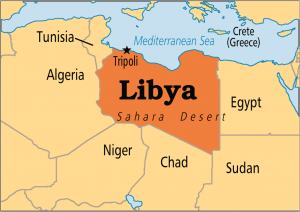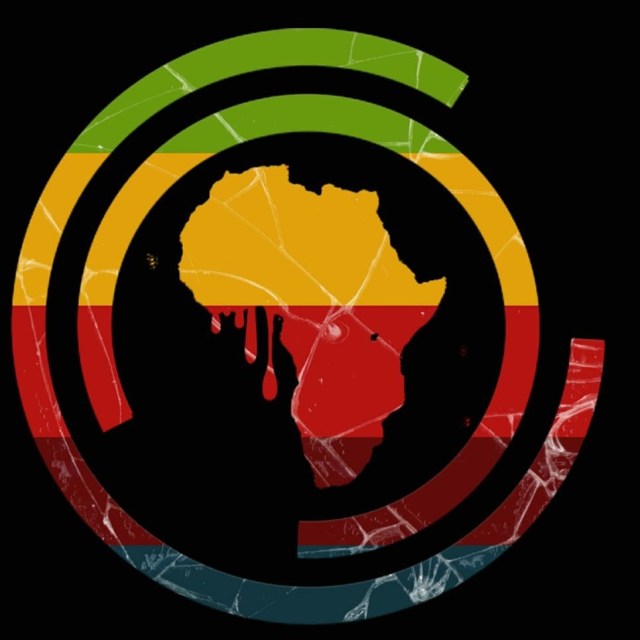Pray for Africa!
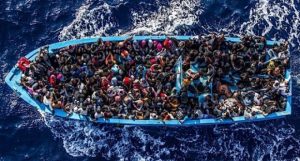
Hundreds of migrants along North African migration routes are being bought and sold openly in modern day ‘slave markets’ in Libya, survivors have told the United Nations migration agency, which warned that these reports “can be added to a long list of outrages” in the country. The International Criminal Court is now considering investigating.
The International Organization for Migration (IOM) had already sounded the alarm after its staff in Niger and Libya documented over the past weekend shocking testimonies of trafficking victims from several African nations, including Nigeria, Ghana and the Gambia. They described ‘slave markets’ tormenting hundreds of young African men bound for Libya.
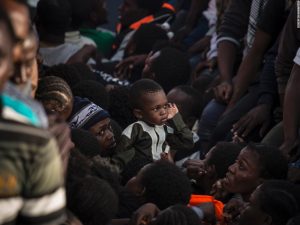
According to the young man’s testimony, the UN agency added, while trying to travel north through the Sahara, he arrived in Agadez, Niger, where he was told he would have to pay about 320 dollars to continue North, towards Libya.
A trafficker provided him with accommodation until the day of his departure, which was to be by pick-up truck, IOM said. But when his pick-up reached Sabha in south-western Libya, the driver insisted that he hadn’t been paid by the trafficker, and that he was transporting the migrants to a parking area where the young man witnessed a slave market taking place.
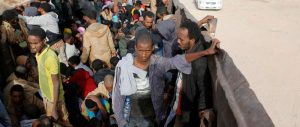
“Sub-Saharan migrants were being sold and bought by Libyans, with the support of Ghanaians and Nigerians who work for them,” IOM Niger staff reported.
“The latest reports of ‘slave markets’ for migrants can be added to a long list of outrages [in Libya],” said Mohammed Abdiker, IOM’s head of operation and emergencies. “The situation is dire. The more IOM engages inside Libya, the more we learn that it is a vale of tears for all too many migrants.”
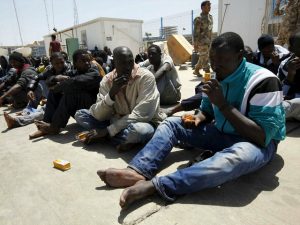
“What we know is that migrants who fall into the hands of smugglers face systematic malnutrition, sexual abuse and even murder. Last year we learned 14 migrants died in a single month in one of those locations, just from disease and malnutrition. We are hearing about mass graves in the desert.”
So far this year, he said, the Libyan Coast Guard and others have found 171 bodies washed up on Mediterranean shores, from migrant voyages that foundered off shore. The Coast Guard has also rescued thousands more, he added.
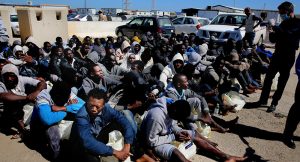
“Migrants who go to Libya while trying to get to Europe have no idea of the torture archipelago that awaits them just over the border,” said Leonard Doyle, chief IOM spokesperson in Geneva. “There they become commodities to be bought, sold and discarded when they have no more value.”
“To get the message out across Africa about the dangers, we are recording the testimonies of migrants who have suffered and are spreading them across social media and on local FM radio. Tragically, the most credible messengers are migrants returning home with IOM help. Too often they are broken, brutalised and have been abused, often sexually. Their voices carry more weight than anyone else’s,” added Doyle.

IOM rose from the ashes of World War Two 65 years ago. In the battle-scarred continent of Europe, no government alone could help survivors who wanted no more than an opportunity to resume their lives in freedom and with dignity. The first incarnation of IOM was created to resettle refugees during this post-war period.
The Central Mediterranean – with smugglers trafficking people from the shores of Libya to Italy – has proven to be particularly deadly. Out on the open sea, approximately 1,150 people have either disappeared or lost their lives in 2017.
The main causes of shipwrecks, according to UNHCR, are the increasing numbers of passengers on board vessels used by traffickers, the worsening quality of vessels and the increasing use of rubber boats instead of wooden ones.
